'What they know about design' - 28th September 2011
What they know about design
In the final week of September, beneath the calm surface of London as seen by tourists and cyclists, lay the whirlpool of London Design Week and Decorex. A clandestine world of designers were convening to share not only their creations and arrangements, but also their visions of how design can shape and determine human life. This timing made it an especial privilege to hear the trio of William Yeoward, Nina Campbell and Sue Crewe in Brunswick House Cafe.
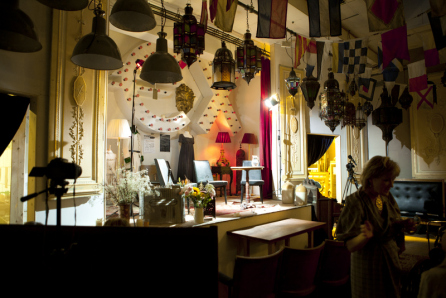
The Cafe – an annex of LASSCO, (the London Architectural Salvage and Supply Co.) – is a large room in a cranky old house; right on Vauxhall roundabout, within spitting distance of quasi-Stalinist tower blocks and the tube station's silver skis, it seems a microchosm of London's variegated architecture. Around the room there are mannequins clothed in Napoleonic uniforms, neon signs and an array of lanterns and clocks hanging from the ceiling. On our night, there was also a golden statue of a goblin near the entrance - this one salvaged and supplied from Covent Garden and occasionally saluting a surprised guest. Incidentally, the fantastic food plays its part in transporting you away from London's transport hub.
The three speakers clearly knew each other well from years in the trade and their fond repartee, combined with the impression that this scenario was new territory, made the talks and Q&A fun and ebullient.
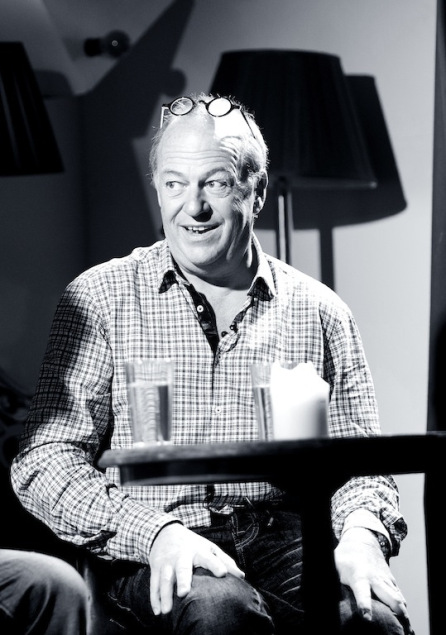
William Yeoward was unaffronted by my opening question 'who are you?' and promptly replied that he was a 'shop-keeper' and 'a very passionate man'. He eloquently articulated the joy in it for him: “Finding something, taking it, and saying 'if we dust this off and put it over here, it's actually really lovely'”. An example of this was the plastic-cobweb 'ghost chair' which William encountered while staying with friends in Southern Italy. He traced these chairs to the top shelf of a grim Italian supermarket, then further to a milk-crate manufacturer who occasionally 'made something with the bits that fell off the milk-crates'. Soon, the chairs were gracing the design-guru's chic London flat. No fixation with 'made-in-England' here: William's respect for craftsmen from all over the world emerged from his talk very clearly. One of his proudest achievements was how William Yeoward Crystal had, through workshops and training programmes, maintained skills in Eastern Europe which might otherwise have been lost.
It was interesting that he embraces mass-produced design (IKEA and Habitat) because it has made good quality design widely-available, while also lamenting the inevitable loss of skills resulting from 'people not buying nice things'. However, he reconciled these two views neatly: all types of design are welcomed, as long as they are the right price within their class. William also managed to reconcile the friendly and wry man before us with the erratic, temperamental stereotype of designers: 'We only scream and shout and kick the door on Tuesdays...the rest of the time it's quite peaceful.
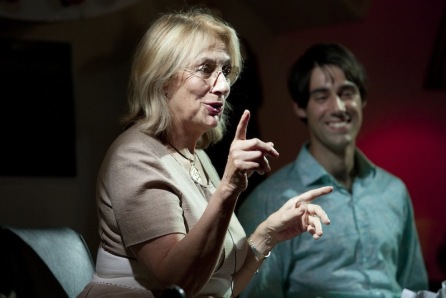 Nina Campbell was great fun, rather theatrical and super stylish with her rose-tinted, heart-shaped glasses. She told of how she entered the world of interior design – apparently at the age of nine, when her mother deemed the wallpaper shop a fair substitute for the toy shop. What followed was a haphazard and bold journey through fits of training and a job or two, before she found herself at Colefax and Fowler carrying John Fowler's bag. One day, to her horror, he instructed her to carry it into the Clermont (gambling) Club, where many of her friends and acquaintances happened to be. As it transpired, they bought John Fowler drinks and charmed him, and Nina emerged into the daylight astounded to still have a job. In fact, the episode seemed to have cemented it: she worked for Colefax and Fowler for three further years before starting out on her own because 'I was convinced I was going to be found out, and I thought that way I couldn't be sacked'.
Nina Campbell was great fun, rather theatrical and super stylish with her rose-tinted, heart-shaped glasses. She told of how she entered the world of interior design – apparently at the age of nine, when her mother deemed the wallpaper shop a fair substitute for the toy shop. What followed was a haphazard and bold journey through fits of training and a job or two, before she found herself at Colefax and Fowler carrying John Fowler's bag. One day, to her horror, he instructed her to carry it into the Clermont (gambling) Club, where many of her friends and acquaintances happened to be. As it transpired, they bought John Fowler drinks and charmed him, and Nina emerged into the daylight astounded to still have a job. In fact, the episode seemed to have cemented it: she worked for Colefax and Fowler for three further years before starting out on her own because 'I was convinced I was going to be found out, and I thought that way I couldn't be sacked'.
'I love to entertain' Nina said, and you sensed that she is as good at brightening up a drawing room as designing one. She spoke almost without hesitation, easily slipping in amusing digressions: 'And, first of all, John Fowler walked across roads without worrying about traffic, so the fact he survived to the age that he did was a miracle'. Nina attributed her success to some lucky breaks, warning potential designers 'And don't any of you expect to get a job the way I did!...You can go to KLC or the Inchbald, work bloody hard, then come and work for someone like me and carry bags, and don't take anyone to the Clermont Club'. Despite this, anyone would do well to emulate the guts and fearlessness implicit in the tale. Like William, she stressed the importance of the harmony and the right context for design. 'I do love a bit of brutalism', she sighed.
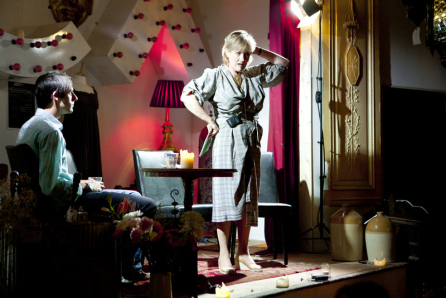
Sue Crewe, the editor of House and Garden, completely grasped the point of ToMaxand grappled earnestly with the philosophical aspect of the title 'What I Know About Design'. She began by describing the influence of House and Garden within the interior design world, pointing out the wide readership and their spending power. 'We can launch people's careers, and sometimes we can blight them by ignoring them...so I sometimes ask myself - in the stillness of the night - whether it's moral, or wise, or ethical that someone who doesn't know about design should be in charge of this quite powerful instrument'. It was an honest insight into a job which most of us only see from the outside.
So what about the knowledge? Well, we can recognise bad design – it's awkward. The loos in Virgin's Pendalino trains (which tilt!) and inaccessible vacuum-packed mackerel ('It would have been easier to prise Tutankhamun out of his pyramid') were both guilty. And good design works – like the comfortable dress Sue Crewe was wearing.
But there is more to good design than being fit-for-purpose: 'we can feel confident in our ability to know about good and bad design when we come across it in our everyday life, but when it comes to appraising anything with an aesthetic dimension we just lose our nerve...' So how can we make that appraisal? 'Good and pleasing design has harmony...as long as it exists within the natural order it will resonate with it' And can that be measured? 'I have a very physical reaction to design, almost like another sense...' In other words, judge good design by instinct. Bad luck if you don't have it, but it is something which can be developed. Sue concluded her talk with characteristically humble wit 'So when it comes down to it, I just know that I know that I know that I know....but I can't tell you why!'
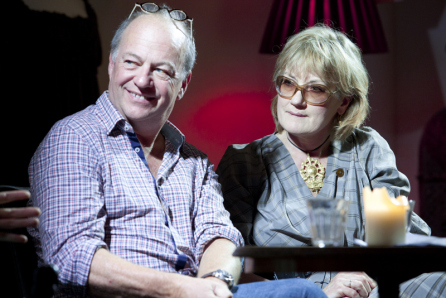

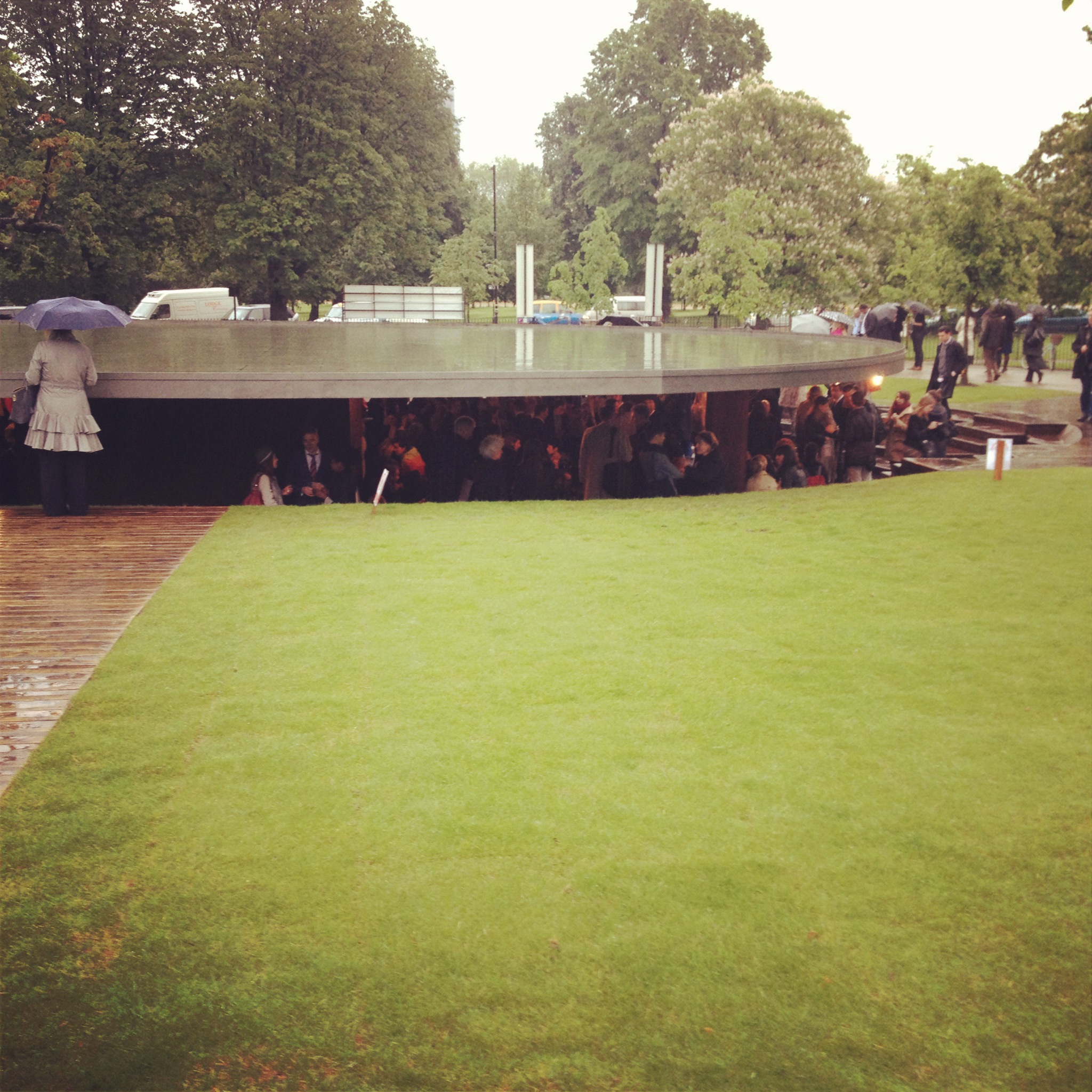


 Email Article
Email Article
Reader Comments (1)
This article is really helpful and informative and thanks for sharing the valuable post. Do not know what to say, I liked your article and I hope you will have many entries or more.